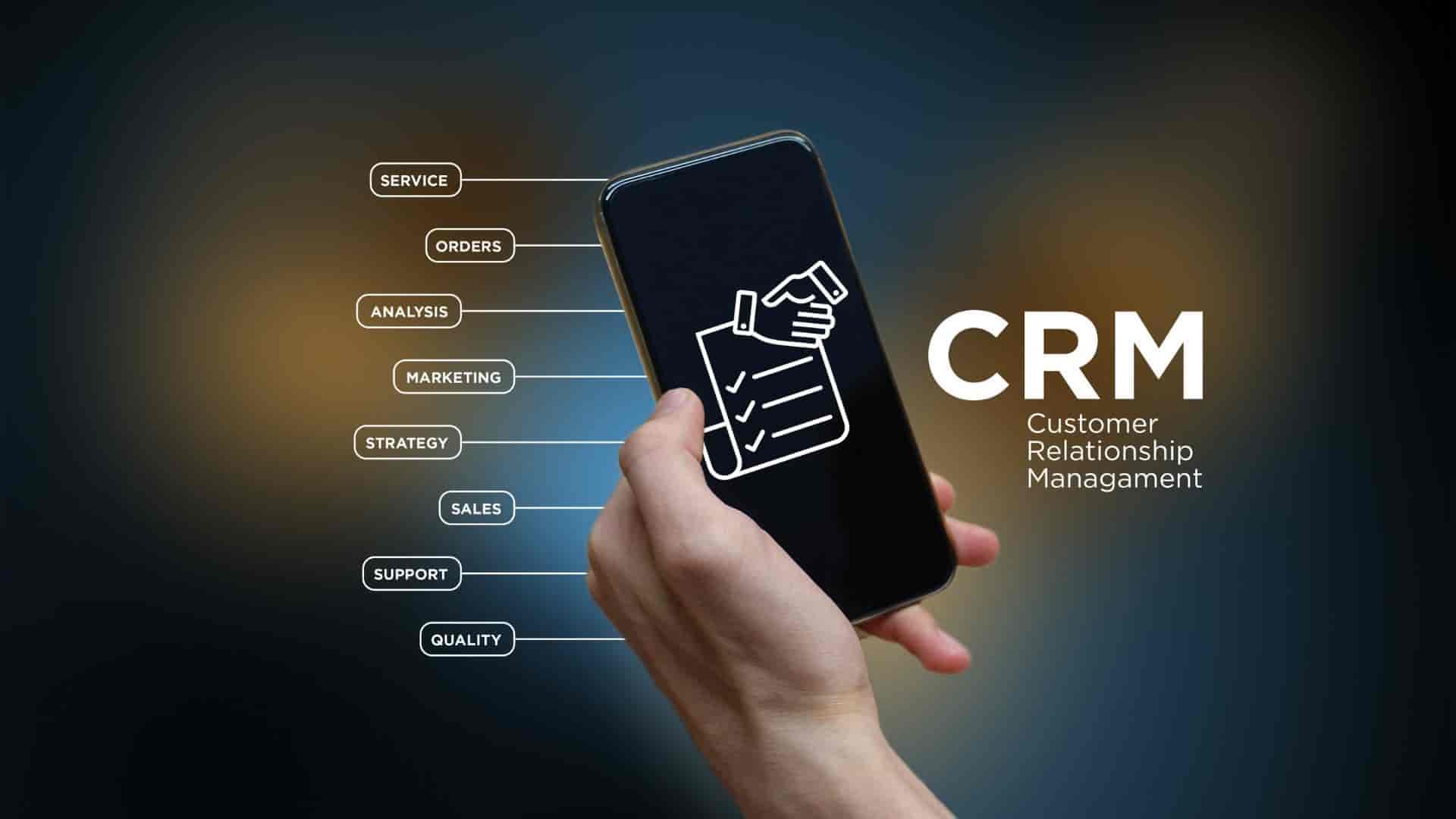Information is the most important resource. As Bill Gates once said, “How you gather, manage, and use information will determine whether you win or lose.” We will go on a limb here and assume that businesses like to be on the winning side. Therefore gathering and managing information, especially the one regarding your customers and your future customers can be crucial for the success of any business big or small.
So whether you came here wondering about the meaning of yet another tech abbreviation or you are somewhat familiar with CRM but need a bit more explanation to get a better understanding of this mystical digital creature, well, you came to the right place. Welcome to CRM 101.
What is CRM?
CRM stands for Customer Relationship Management. It’s a contact management tool used by businesses that stores all sorts of data about your customers and potential customers. You can think of it as a spreadsheet on a lot of steroids. The information from “the spreadsheet” is then used to streamline processes, build better customer relationships, improve customer service and increase sales and profitability.
What the CRM software does is it collects and contains customer contact information – emails, phone numbers, websites, social media profiles, you name it. The system then organizes the information neatly in one place and allows business users to access and manage it easily.
What CRM doesn’t do is help with backend operations like production, warehousing, and shipping. It also can’t manage what it can’t “see”, which means that if people work leads or deals outside the CRM system it renders its effectiveness and lowers its capability.
Who uses CRM systems?
The use of CRM systems can benefit both small businesses and large corporations. It can be very helpful for different departments in an organization and improve their effectiveness. For example, by having customer information such as past purchases and interaction history accessible, a CRM system can assist customer support representatives to enhance their services. Sales force automation tools, inside a CRM system, can track customer interactions and automate some business functions of the sales cycle which are necessary for following leads, obtaining new customers, and building customer loyalty. Lead management is another important feature, which allows the tracing of sales leads through CRM, which then enables sales teams to input, track and analyze data for leads in one place.
Why use CRM?
Having access to a consolidated data stream, which comes from sales teams, marketers, social media, and customer service staff in a single convenient place, allows businesses to have a much wider view of their field of operations. Being able to customize the collected and stored information allows businesses to configure it limitlessly. Here are a few benefits which can come by when using a CRM system as intended.
- Enhanced contact management:
- Empowered sales management:
- Increased customer satisfaction and retention:
- A more accurate sales forecasting
- Better cross-team collaboration
Types of CRM technology
As of today, three types of CRM technology exist cloud-based CRM, on-premise CRM, and open source CRM. For the sake of keeping it simple, we will only cover the first two as they are mostly used.
Cloud-based CRM
This type of CRM technology takes advantage of cloud computing which allows all of the data to be stored on an external network that employees can access anytime, as long as they have access to an internet connection. The cloud’s quick and relatively easy deployment capabilities offer an easy solution to companies that have limited technological expertise or resources.
The main issue with cloud-based CRM is that organizations don’t physically control the storage and maintenance of their data, meaning that a lot of security problems can occur. Also if the cloud provider goes out of business all of the data can be compromised and/or lost, which isn’t a particularly favorable outcome for any enterprise, isn’t it?
This is the more cost-efficient option out of the others therefore it might be appealing to smaller businesses, which don’t possess a lot of resources. Vendors typically charge the user on a monthly or yearly subscription basis, however paying subscriptions for longer periods can be more costly than the on-premise models.
On-premise models
This system is owned by the company, which makes it responsible for the administration, control, security, and maintenance of the database. This means that the company purchases a license upfront, which isn’t going to be cheap. The main difference here is that the software resides on the company’s servers, which puts things more in the organization’s hands and it can better protect and control the information. An inconvenience might be the overall prolonged installation process to fully integrate the company’s data. Usually, organizations with more complex and in-depth CRM needs might benefit more from an on-premise CRM model.
Closing thoughts
CRM systems can help and solve some issues which are hindering your business. Maybe sales are tanking or customers are unhappy and just keep leaving, in that case, CRM can provide the tools for your business to tackle these troubles and hopefully turn the tables over time. The main goal of a CRM system is simple: Improve business relationships to grow your company. When implemented and managed intelligently a CRM system manages the entire customer lifecycle, which can have short-term and long-term benefits on almost every level for your business. If you are a business that wants to increase the effectiveness of the sales and marketing teams, and also other departments should look more into CRM systems and consider using one.


